When Sipsmith opened in Hammersmith in 2009, we were London’s first copper distillery to set up shop in an incredible 189 years.
That distinction piqued our curiosity about gin made in London – not just in the present day, but also in the past.
We did a little digging, and in the process, uncovered a number of surprising stories about gin in the capital that go deeper than the common lore. While most of us have heard delightfully debauched tales of London’s 18th century gin craze, gin made in London – at least formally – goes all the way back to 1638, when King Charles I granted a Royal Charter for the Worshipful Company of Distillers, which recognised distillation as one of the City of London’s core professions. And London’s infatuation with the spirit only continued from there.
Charles wasn’t the only monarch to actively welcome gin made in London. In 1689, the genever-swilling King William of Orange moved into Hampton Court Palace and promptly enacted a series of laws to encourage distillation. That eagerness certainly contributed to the later Gin Craze – in the 1720s, one in every four houses was thought to be home to distilling equipment of some kind.

If today’s punters were transported back to that moment in time, they’d also likely notice something surprising about people’s gin consumption – apart from the fact that it was, well, enthusiastic. Wherever it was publicly sold, gin was paired with gingerbread. In 1716, the winter was cold enough to freeze the Thames, and a so-called ‘Frost Fair’ was held on the ice. There, hot gin and gingerbread were the treat to order (and one which sounds like something we’d still be more than happy to sample now).
All that gin and gingerbread may have started some trouble, though: most Londoners have heard tell of the riotous Gin Craze that followed (although it may not have been as bad as people think – some clever marketing on behalf of the brewing industry of the day helped inflate the controversy). What most don’t know, however, is that when the 1751 Gin Act came into play, a parade of aggrieved Londoners held riots in the streets, as well as a mock funeral for Madame Genever.

While the 1751 Gin Act was very effective at clamping down on gin made in London, it didn’t prevent Londoners from otherwise slaking their thirsts. In 1798, a tavern on Downing Street in Westminster was the site of the cocktail’s birth. It may witness less lively nightlife these days, but back then, Downing Street evidently hosted quite the knees-up.
After the invention of the cocktail, gin’s reputation steadily rose from the gutters up to the palaces. Gin palaces, that is. These elegant hives of London activity began to appear around 1829 and quickly spread across the capital. Many of today’s pubs are now renovated Gin Palaces – and still most worthy of discerning drinkers.
From there, gin only continued to evolve – from artful cocktails at the city’s American bars to tipples à la James Bond and up to today’s craft distilling boom. There’s only one constant when it comes to gin made in London: it’s always been wildly popular.
